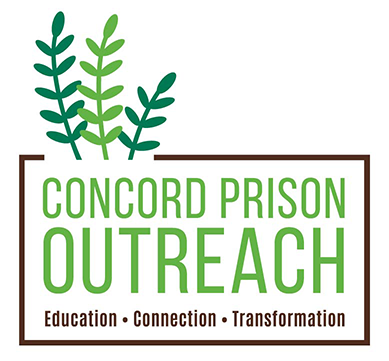The Concord Bridge
The recent Concord Bridge article “Ceremony Names ‘The Unnamed’ at Prison Cemetery” highlights the recent ceremony and project details of the “Naming the Unnamed” Project. Check out the article here!
Ceremony names ‘the unnamed’ at prison cemetery
October 13, 2024 – By Christine M. Quirk — Article shared from “The Concord Bridge”
The man was 35 when he joined the Massachusetts 21st Regiment to fight for the Union Army in the Civil War. He was discharged November 24, 1862, after eight months of service, due to a disability. He married and resumed his life as a farmer. He was incarcerated in Concord and died June 22, 1879, at 54, of “cerebral softening.” He is buried at the Concord Reformatory Cemetery under a marker that reads “MSP 14.”
He and 217 others are interred in the cemetery on a hill along the Bruce Freeman Rail Trail, near the Gerow Pavilion. After three years of work by Concord Prison Outreach (CPO) and other community partners, these men were acknowledged at a ceremony called “Naming the Unnamed” on October 6.
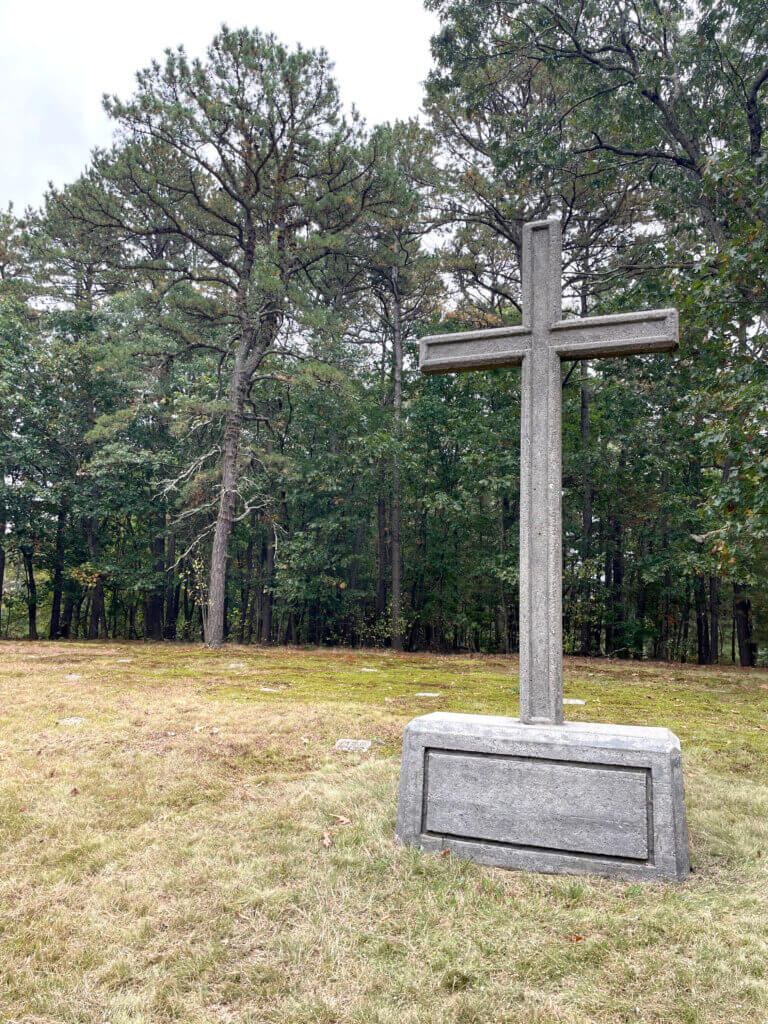
“The prison has been an important part of Concord’s economy and Concord’s history,” she said. “People don’t get to choose their history. History just is.… And history comes in all different shapes and sizes.”
The site is a “complicated piece of land,” Rust said, because the cemetery itself is owned by the Massachusetts Department of Correction [DOC], but the Department of Transportation owns the rail trail. A small strip of land, where a bench and informative panel will sit, is also DOC-owned, but the town has right of way access.
“The DOC has been awesome in working with us,” CPO executive director Sam Williams said.
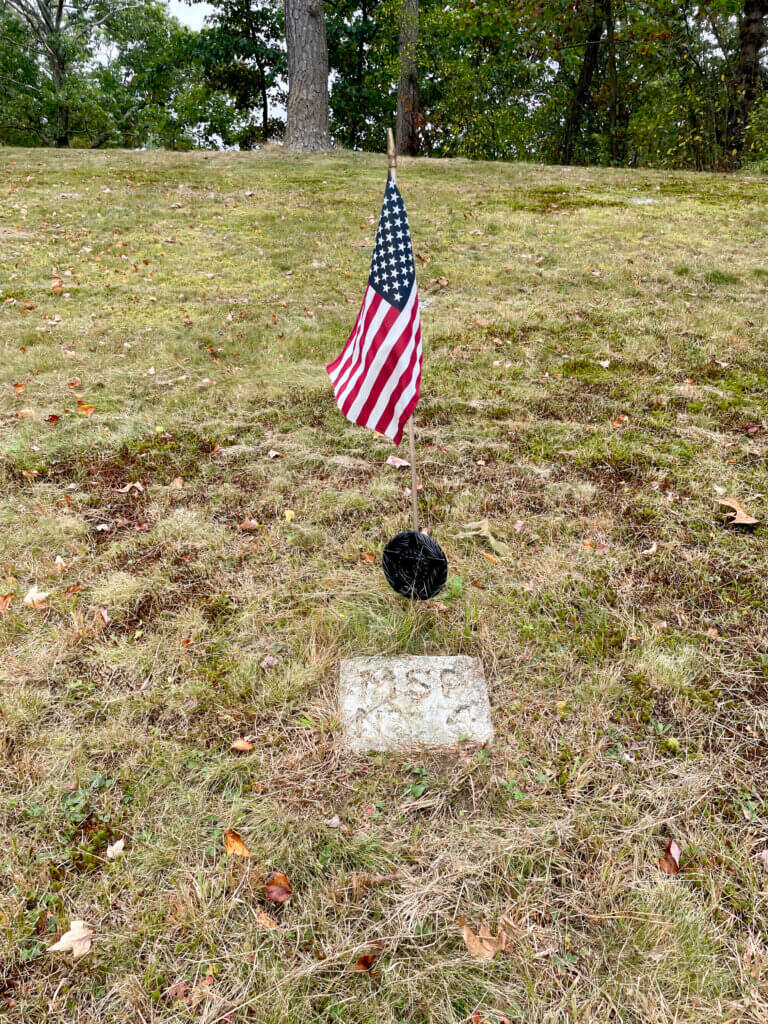
Research and community help
When Patty Ruze, a former prison medical director, approached Williams about identifying the men, he knew the task was too big for the CPO alone.
One of their many partners was West Concord Union Church, which offered to strip and repaint the large cross that stands as the cemetery’s central marker. Rust said the paint turned out to be lead-based, so the cross was remediated and sandblasted to its original cement.
The men were interred from 1878 to 1996, Rust said.
“Almost 80 percent were buried before 1920, so it was really front-ended,” she said. “There is a current DOC staff member who was working here at the farm who actually buried the last seven men. He didn’t know that was part of his job responsibility.”
The cemetery includes men from the Concord facility, Charlestown Prison, Rutland Prison Camp, and Norfolk. Rust said 35 percent were immigrants, one-third of whom were from Ireland and Great Britain. Seventy-six percent were white, and 18 percent were Black or other persons of color.
“Almost half were under 30, and many died with TB [tuberculosis],” she said. “Pandemics are big causes of death anyway in prison, and you can just imagine how it was a century ago.”
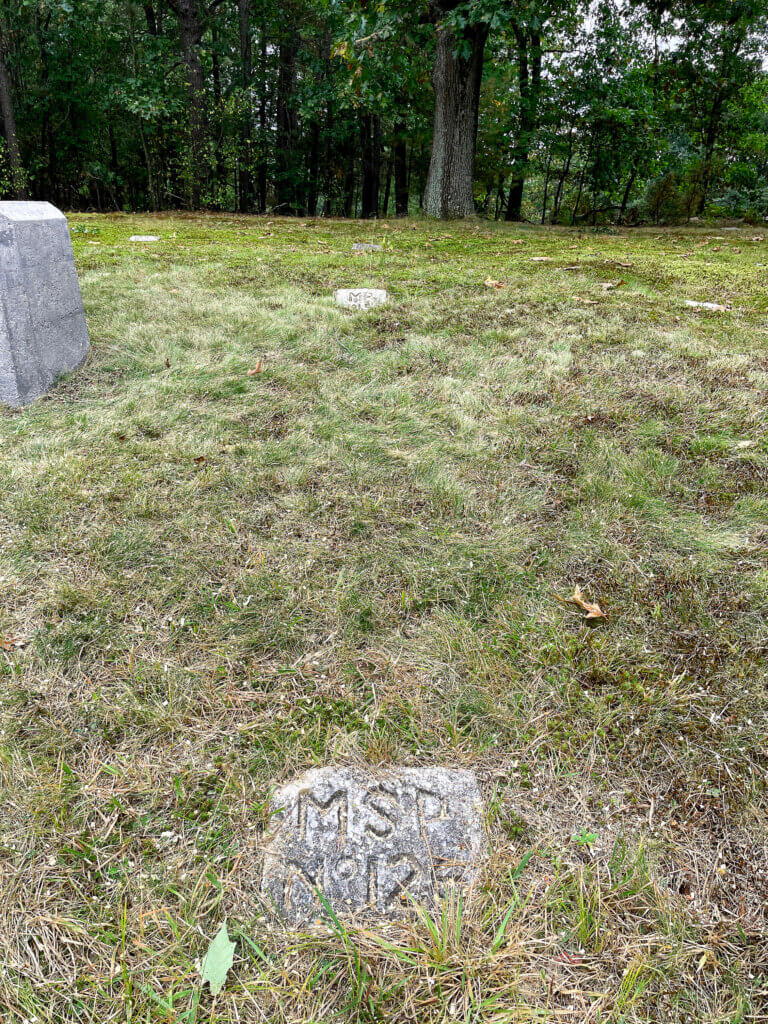
Mysteries Lead To More Mysteries
With some of the graves more than a century old, research began with handwritten documents.
“The DOC had a ledger,” Rust said. “So there would be the marker number, the person’s name, the date, and then some remarks. They had this going back from the beginning.”
A landscape designer came to create a site map and discovered that two markers were numbered the same.
“We had this person come in and do a radar test of what’s underneath, and he found that number 206 was actually empty,” Rust said. “We’ve done some interesting research, and it’s uncovered its own mysteries.”
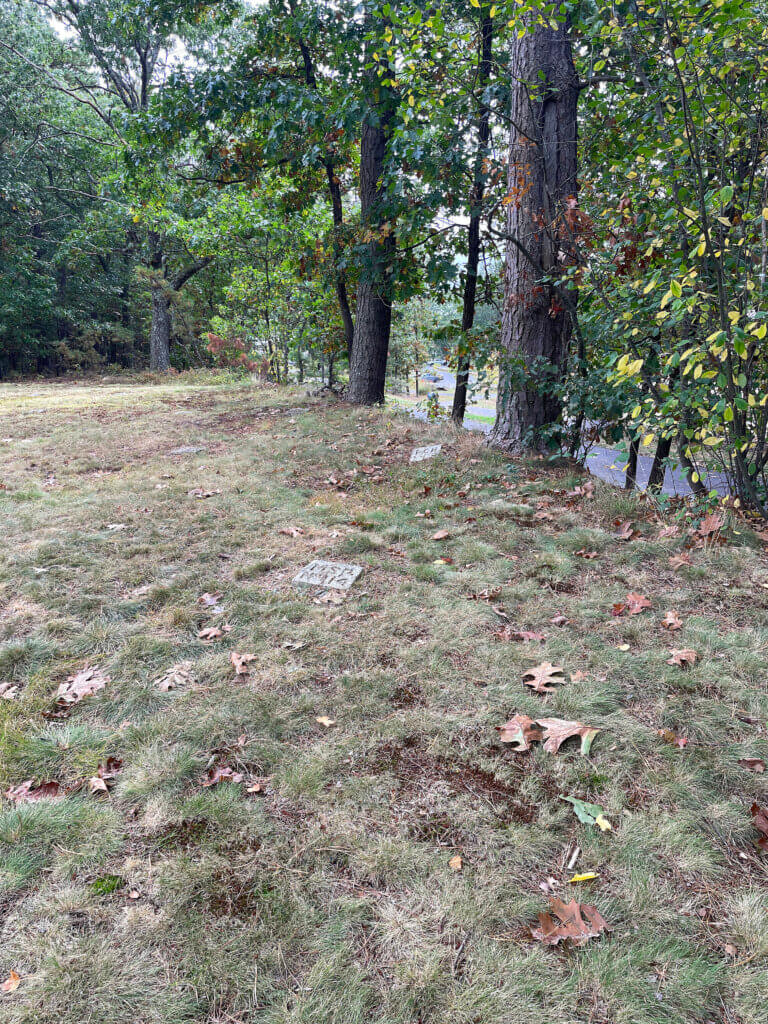
Naming the Unnamed
Rust said next spring there will be a bench at the side of the trail, similar to the ones at Walden Pond, built of old ship timbers. There will also be an information panel telling the story of the cemetery, with a QR code that will scan to an online gallery in the special collections department of the Concord Free Public Library. (In addition to an interactive map, galleries, and project details on the Concord Prison Outreach website.)
Though the men’s identities are confidential, students from Massachusetts College of Art and Design created digital images to represent each man, which will be reproduced in a book and part of the website.
“We said to them … we want you to use your creativity and come up with an image that would give voice and name and identity to each one of the people buried here,” Williams said.
The inmates and staff of Concord farm will maintain the cemetery.
October 13, 2024 – By Christine M. Quirk — Article shared from “The Concord Bridge”
Explore The “Naming the Unnamed” Project – Concord Reformatory Cemetery on the CPO website.
